5 Unexplained Mass Bird Deaths
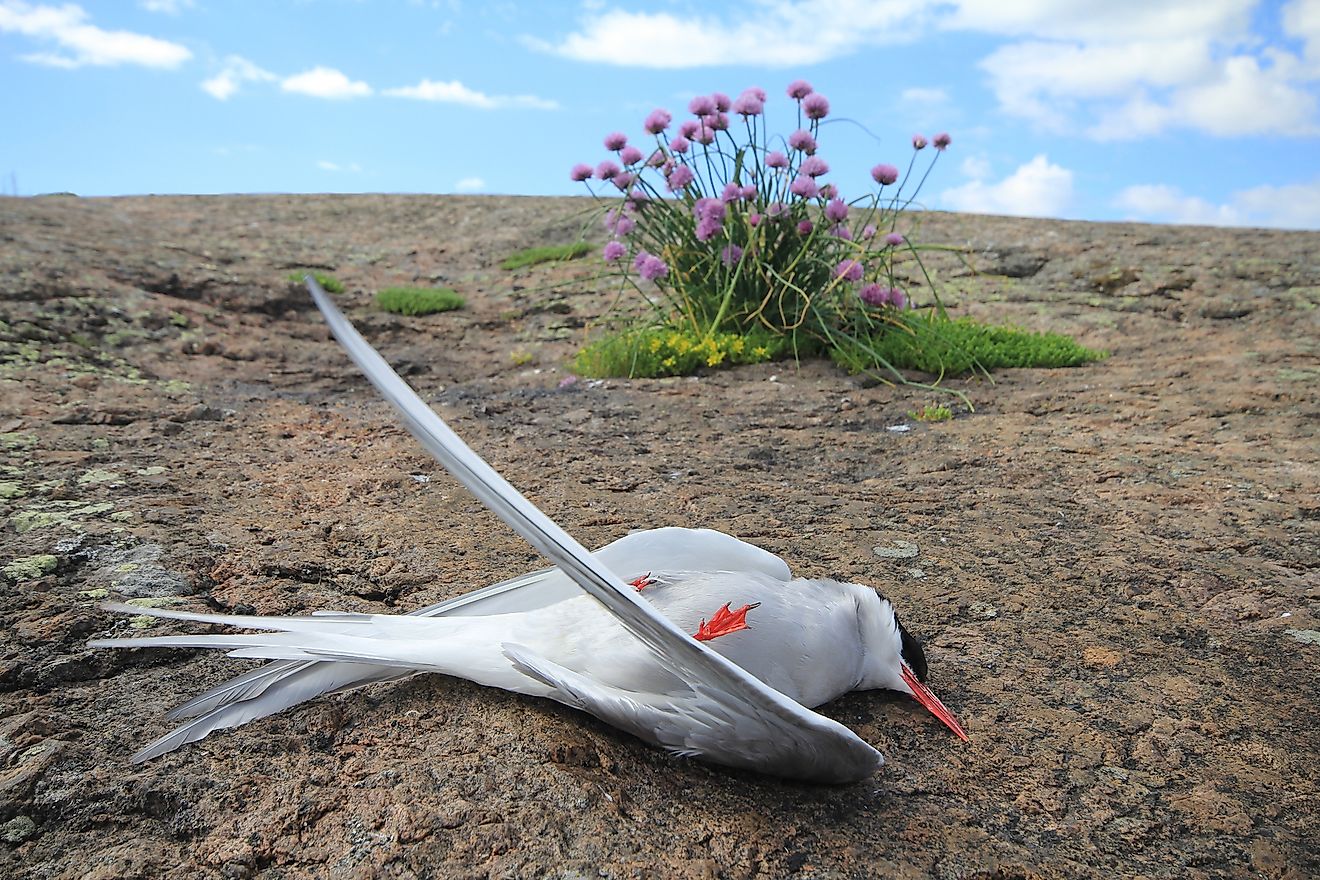
- In 2011, mass bird deaths occurred within days of each other in the US and Sweden.
- Some mass deaths happen in nature due to natural causes.
- Sometimes birds die of starvation if their habitat changes.
It’s a bird, it’s a plane, no wait a minute- it’s a massive flock of dead warblers. This may sound a bit nasty, but it is true that birds have died en masse, and that the phenomenon is not entirely unheard of.
There is an expression that something is a "canary in a coal mine”, which means that if something happens it is an indicator of a larger problem at work. For example, if the new cheese in your fridge suddenly grows mouldy overnight, perhaps it is an indication that there is something wrong with the inner workings of your refrigerator.
The term comes from true practice and application. Miners used to carry canaries in cages into the deep tunnels of coal mines as a note of added protection. If the canary suddenly died, it was an indication that toxic fumes such as carbon monoxide and methane were accumulating in the mine. The canary would die before a human would as their tolerance for the gases would be much lower, and this would give the humans time to escape to safety.
So, what is happening when a species of bird dies in massive numbers? Is it really an “aflockalypse”, and a sign of doomsday?
Here is a look at five occurrences of unexplained mass bird deaths, and what they may have indicated.
5. Blackbirds and Other Birds, US
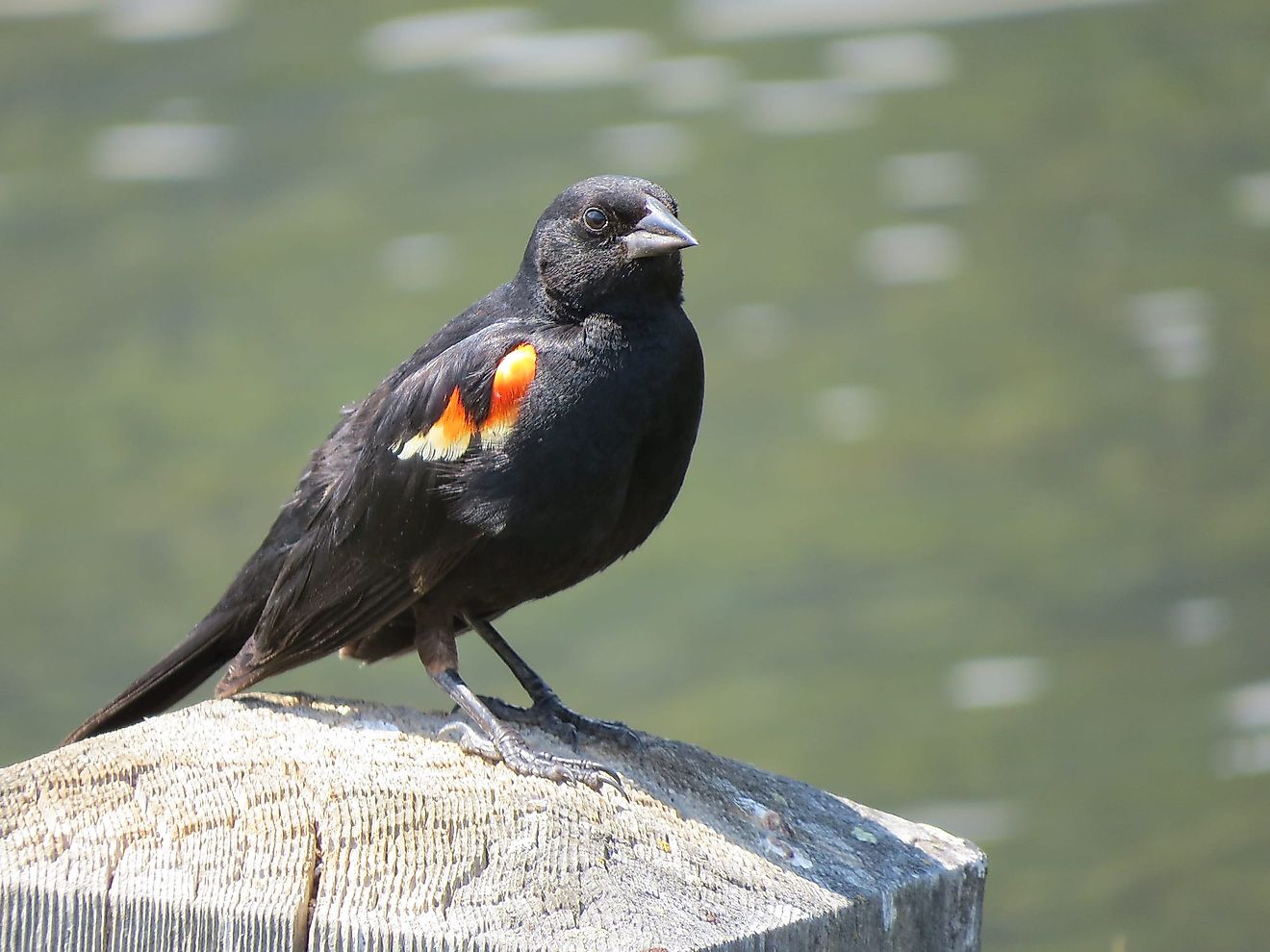
It was New Year’s day in Beebe Arkansas, US. People were resting at home, celebrating the dawn of a new time, and recovering from a night of fun, as per usual on January 1st. Out on the roads, however, it wasn’t a typical dawn of the new year. Dead black birds lay on the ground by the thousands.
Just a few days later, about 500 cowbirds, starlings and redwing blackbirds were said to “rain down from the skies” in neighboring Louisiana.
Was some kind of voodoo at work? Some say the “die-off” in Arkansas was caused by fireworks being set off on the eve of Jan 31 in Beebe. It is thought the blackbirds may have flown at a lower height in order to avoid the celebratory show, and inadvertently rammed into objects like poles and buildings, as the result of the deaths seemed to be acute physical trauma. Others like British conservation spokesman Grahame Madge feel the blackbirds may have been poisone ce red-winged blackbirds are often considered to be pests that damage agricultural crops, Madge feels this could be the case.
What happened in Louisiana still remains an unsolved mystery.
4. Jackdaws, Sweden
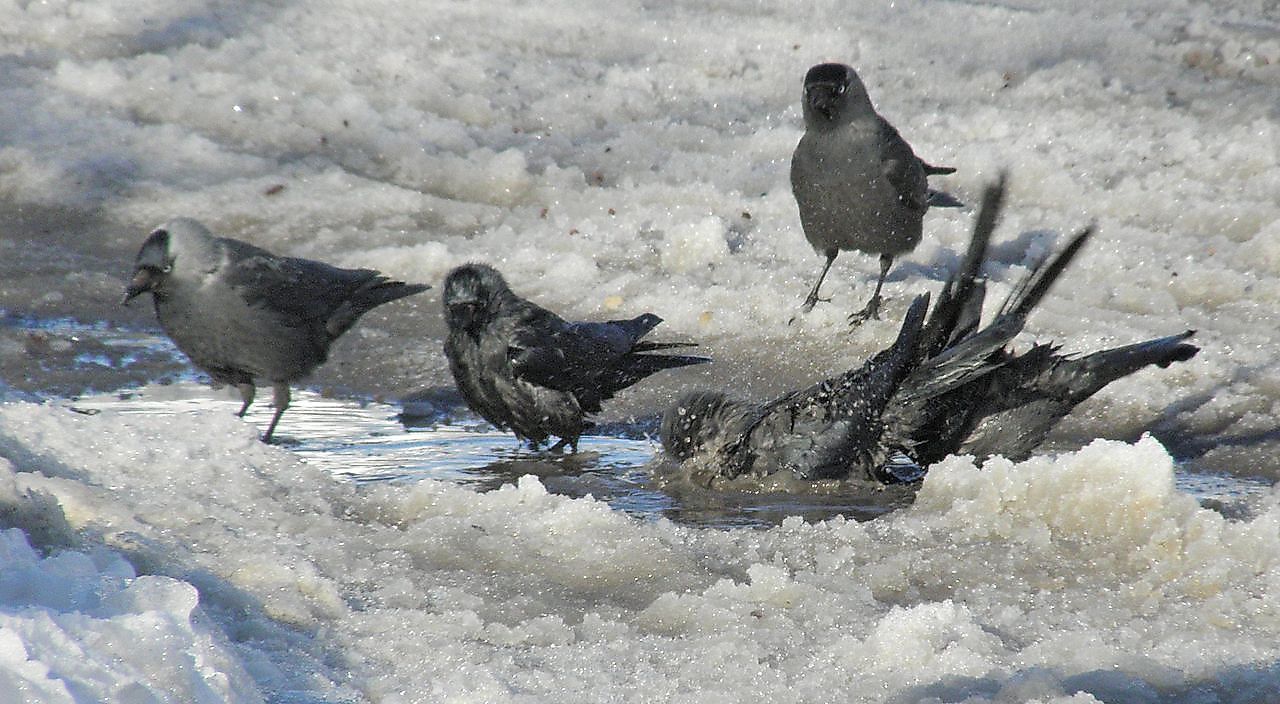
2011 was certainly a deadly year for our feathered friends. On January 5th, just one day after the mass bird deaths were reported in Louisiana, officials in Falkoeping, Sweden announced that somewhere between 50 and 100 dead jackdaws were found littering the streets. Fireworks had not been set off, and local veterinarians speculated that disease of poisoning could have played a part in the birds’ deaths, but no one is really certain what happened.
3. Spotted Billed Ducks, Japan
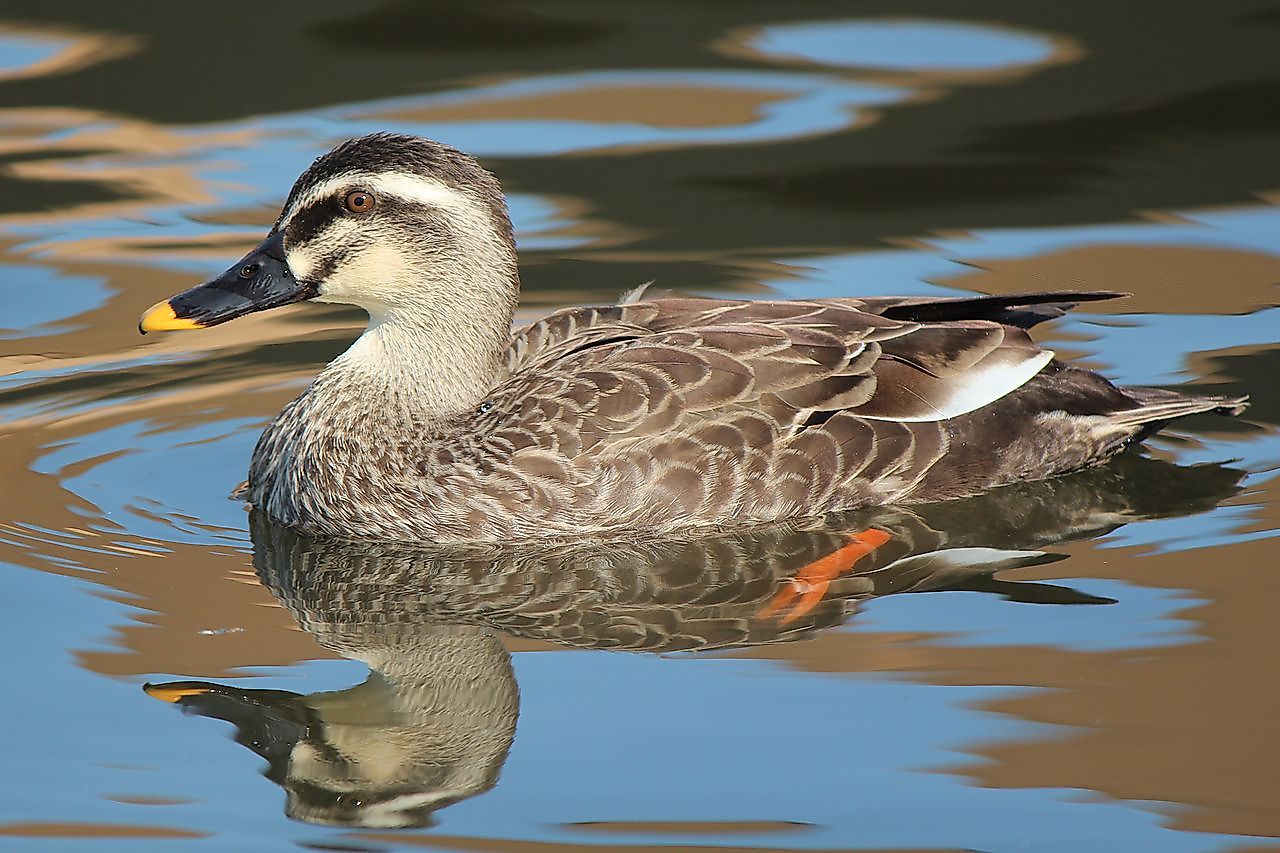
Mass bird die-offs are said to happen every so often in nature, but is always a cause for concern. In 1995 a score of spot-billed ducks died unnaturally in a pond in Nishinomiya, Japan. It is thought the birds died from ingesting toxic cyanobacteria that appeared suddenly in the water. Experts believe the bacteria showed up because of untreated sewage water that was introduced to the pond following the Great Hanshinn Earthquake that happened in January 1995.
2. Guillemots, Netherlands
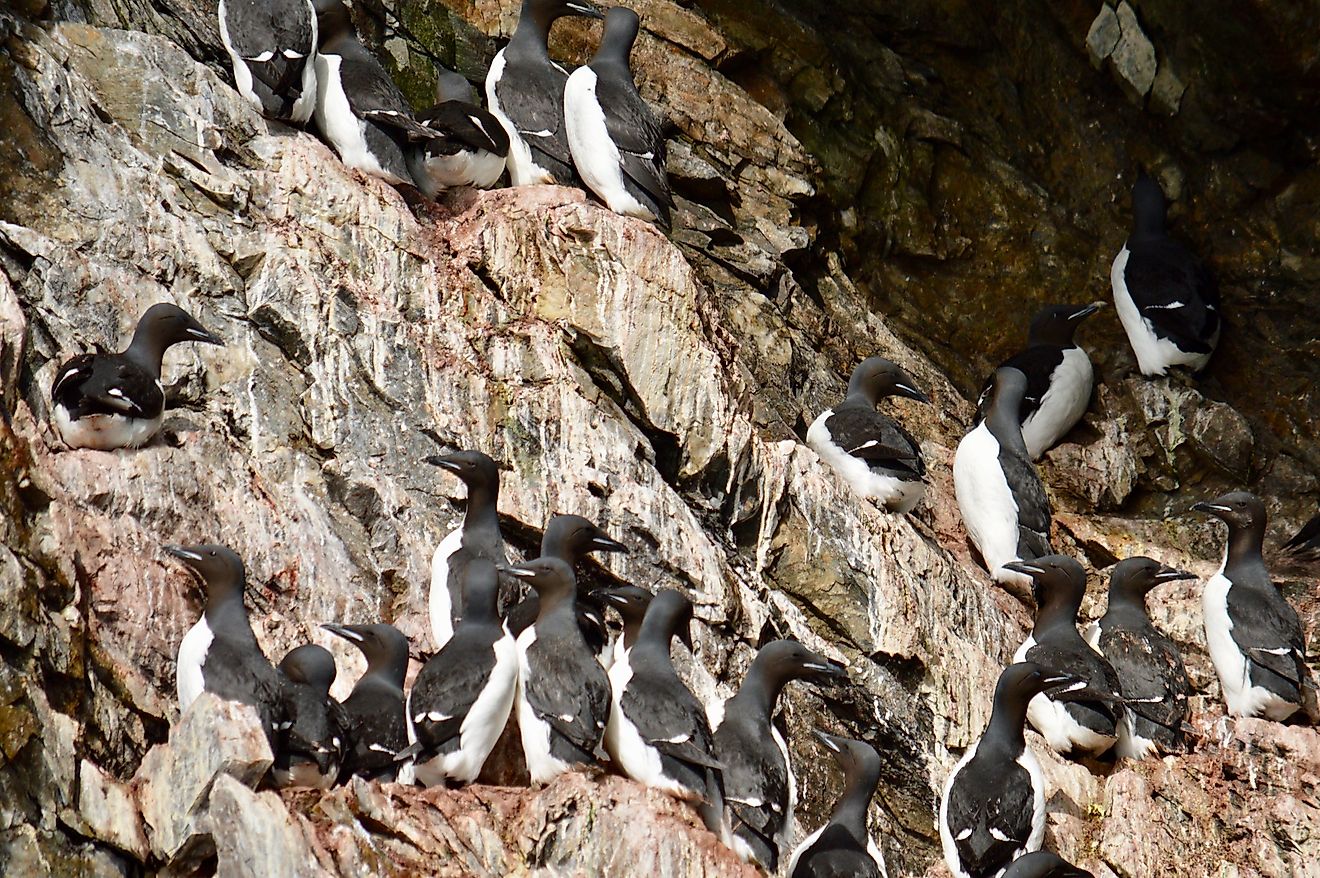
Even idyllic Netherlands has experienced birds dying in large numbers. In January, 2019 more than 20,000 guillemots washed up on Dutch shores, from the northern Wadden Islands to southwestern Zeeland. Apparently, the birds died from starvation. Officials fear something is wrong at sea, and that rough weather and a lack of fish could be causing the problem.
1. Mallard Ducks, Canada
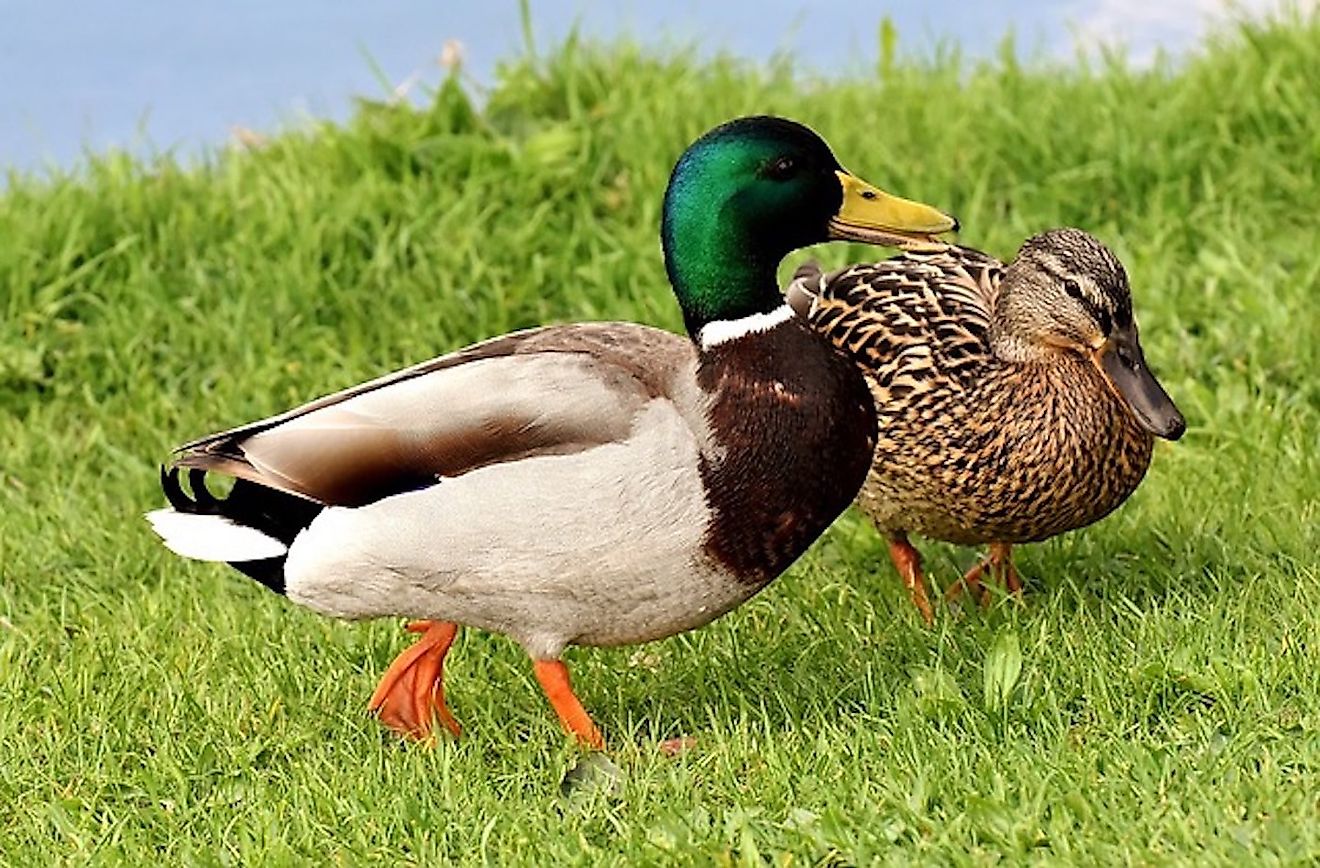
Canada’s province of Calgary saw more than thirty mallard ducks also die of exposure and starvation in 2019. Calgary becomes quite cold in the winter with temperatures that can dip into the low 30sF (-15C), making living conditions difficult for birds that rely on open water to survive.











